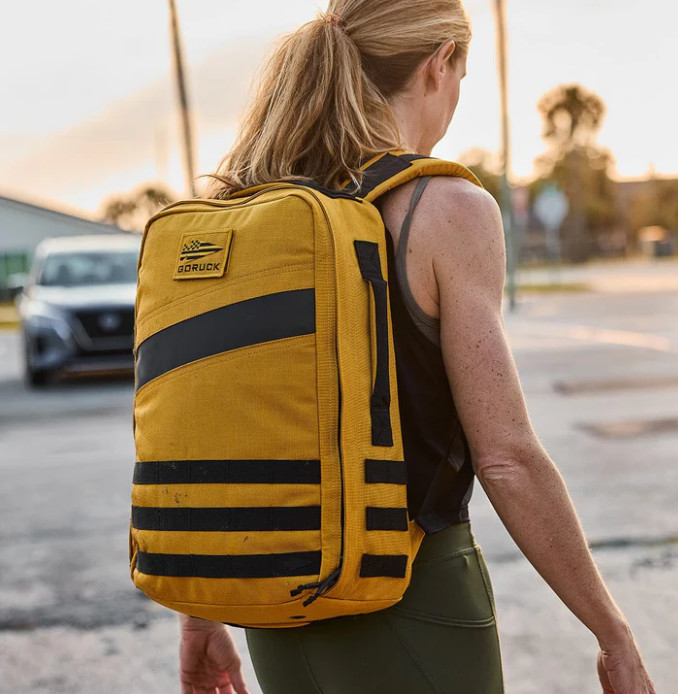
In the realm of fitness and well-being, women often find themselves navigating a landscape inundated with a myriad of workout trends promising transformative results. Amidst the options, one approach stands out for its all-inclusive benefits: Zone 2 heart rate training with the use of rucksacks or weighted vests. Let’s dive into the significance of integrating such training into fitness routines, and consider its profound impact on cardiovascular health, bone density, and cognitive function.
First and foremost, cardiovascular health is a cornerstone of overall well-being, particularly for women. Heart disease remains the leading cause of mortality among women globally, underscoring the imperative for preventative measures often found with a functional medicine approach to health. Zone 2 heart rate training, characterized by exercising at an intensity where the heart rate remains within a specific range, typically between 60-70% of maximum heart rate, facilitates optimal cardiovascular conditioning. Incorporating the use of rucksacks or weighted vests elevates this training by adding resistance, thereby enhancing cardiovascular endurance and efficiency. As women engage in sustained, moderate-intensity exercise within this heart rate zone, they stimulate cardiac adaptations, including improved stroke volume, cardiac output, and vascular health. Such adaptations are instrumental in mitigating the risk factors associated with cardiovascular diseases, empowering women to safeguard their heart health proactively.
Moreover, the benefits of a rucksack or weighted vest Zone 2 heart rate training extend beyond cardiovascular parameters to encompass skeletal health, a vital concern for women and men, particularly as they age. Osteoporosis, characterized by diminished bone density and increased susceptibility to fractures, disproportionately affects women, emphasizing the necessity of preventative strategies. Weight-bearing exercises, such as walking, jogging, or hiking with added resistance from a rucksack or weighted vest, serve as potent stimuli for bone remodeling and strengthening. By subjecting bones to mechanical stress within the Zone 2 heart rate range, women stimulate osteoblastic activity, facilitating bone mineralization and density accrual. This training also fortifies women's skeletal integrity, reducing the likelihood of osteoporotic fractures and preserving mobility and independence throughout lifespan.
Mounting evidence underscores the intricate interplay between physical activity and cognitive function, with exercise serving as a catalyst for neuroplasticity and cognitive resilience. By engaging in moderate-intensity, sustained exercise within the Zone 2 heart rate zone, women enhance cerebral perfusion, fostering the delivery of oxygen and nutrients vital for neuronal health. Additionally, exercise-induced neurotrophic factors, such as brain-derived neurotrophic factor (BDNF), promote synaptic plasticity and neurogenesis, augmenting cognitive vitality and staving off age-related cognitive decline. Embracing rucksack or weighted vest Zone 2 heart rate training, women not only fortify their bodies but also nurture their minds, cultivating cognitive sharpness and resilience across the lifespan.
In conclusion, the integration of a rucksack or weighted vest Zone 2 heart rate training emerges as a potent paradigm for promoting women's health and wellness on multiple fronts. To learn more about finding your Zone 2 Heart Rate and improving your overall health, consider scheduling a Functional Medicine consultation with Dr. CJ or a Functional Movement Assessment with Dr. Nate.



